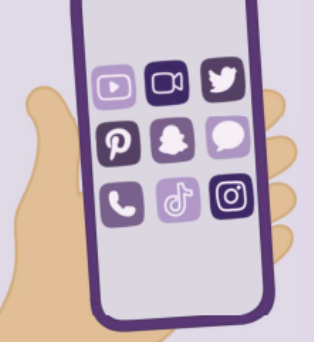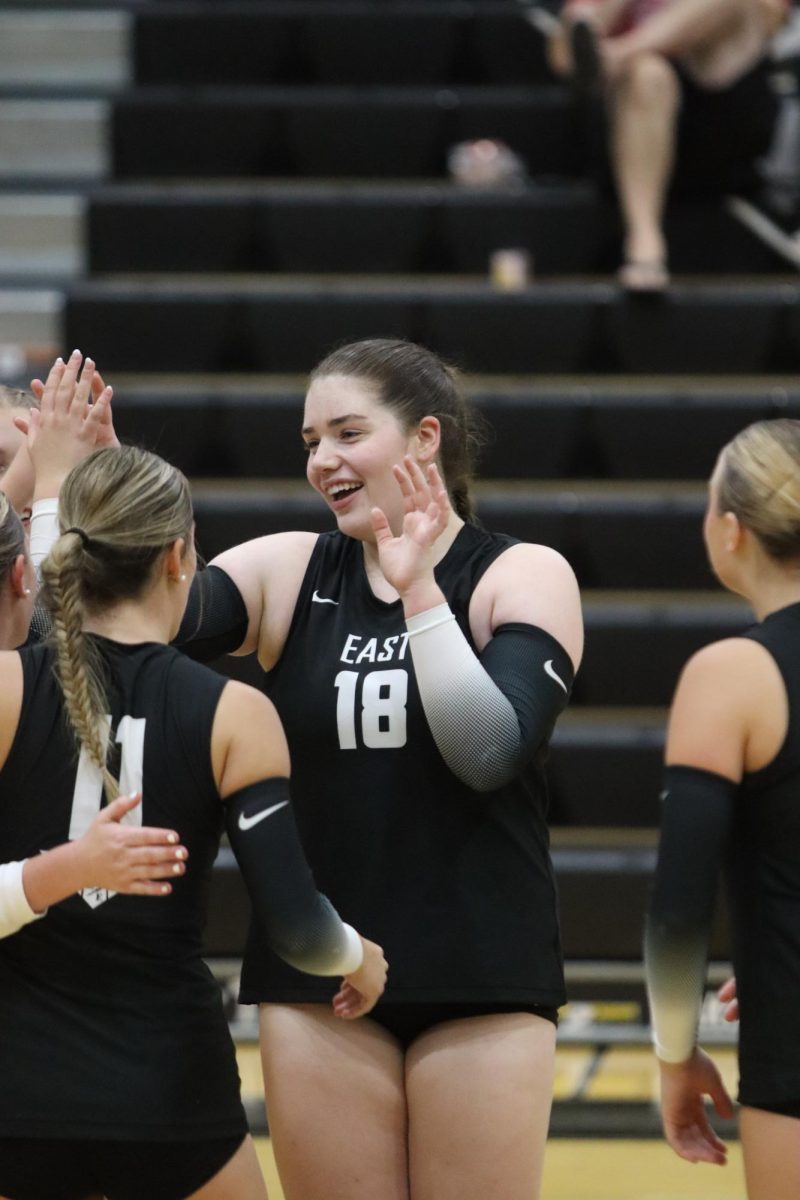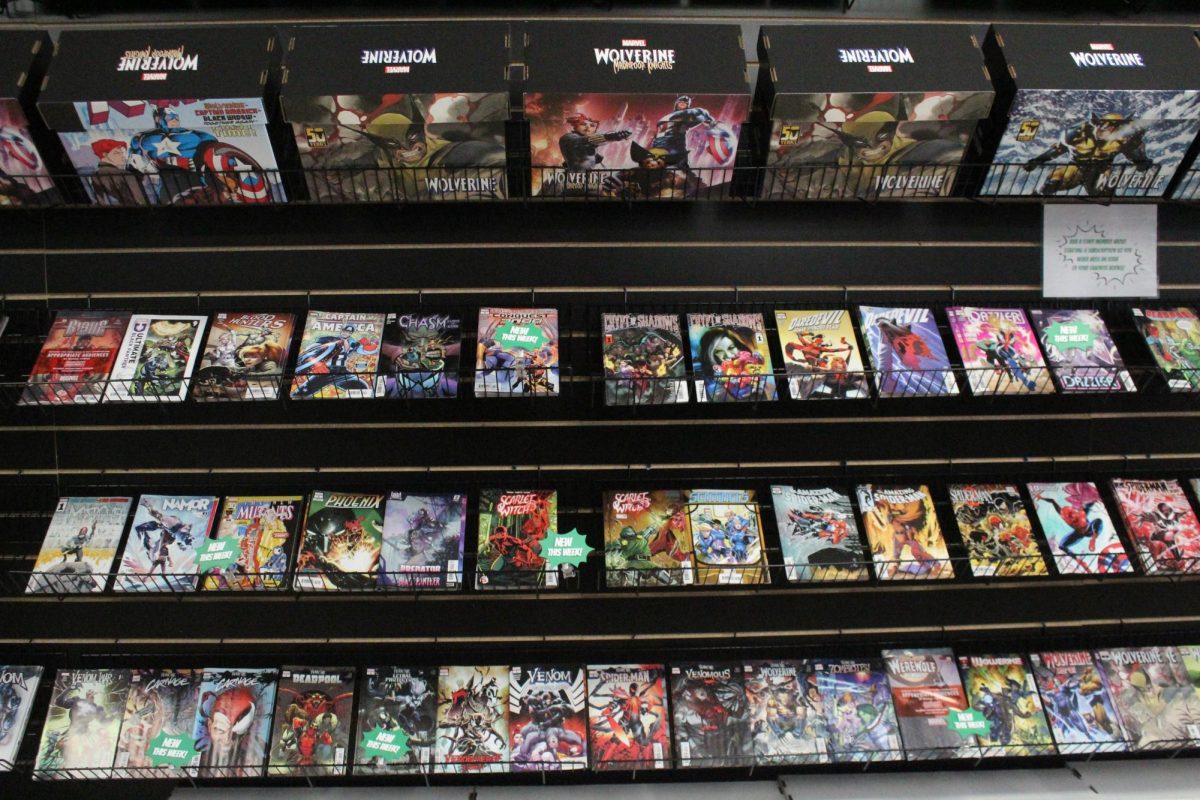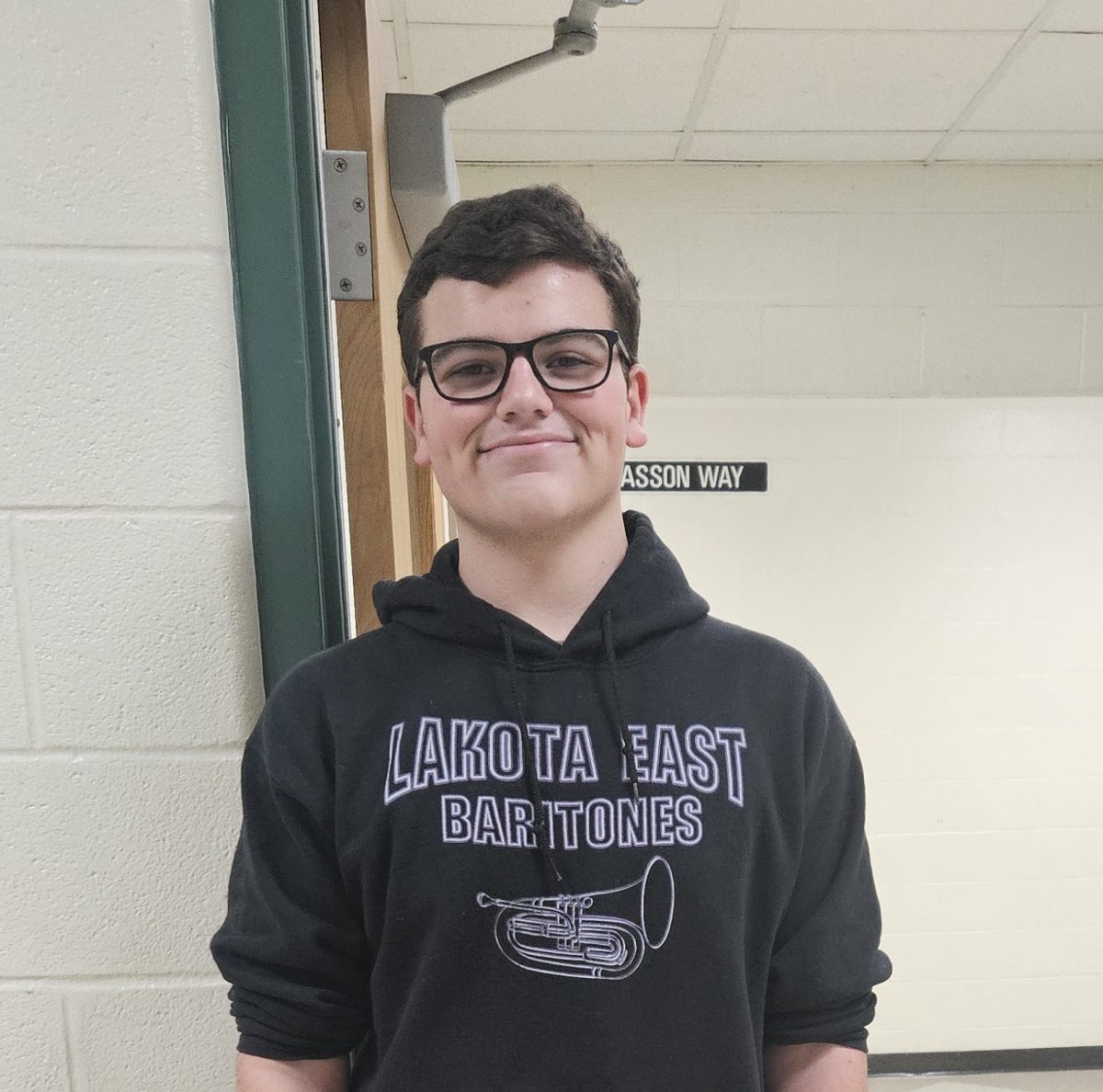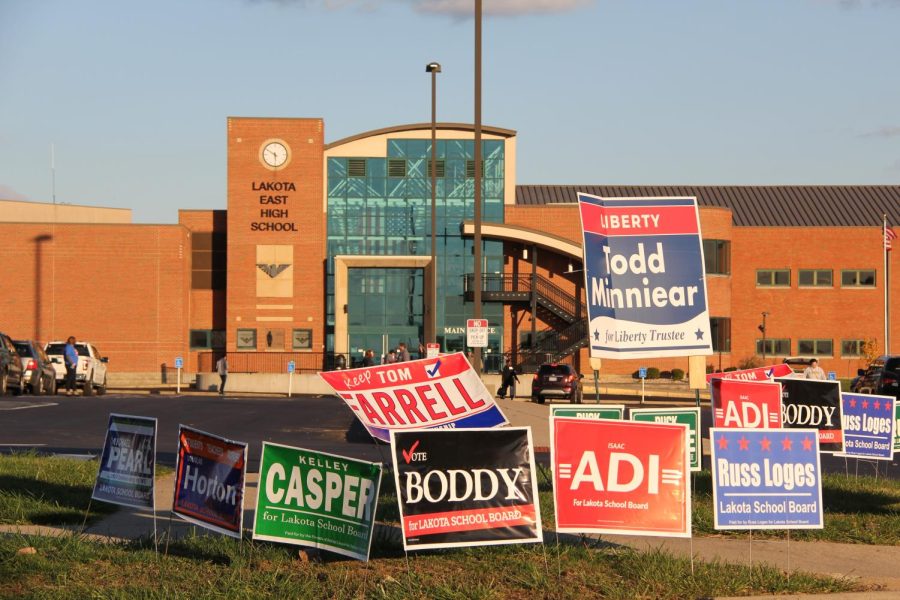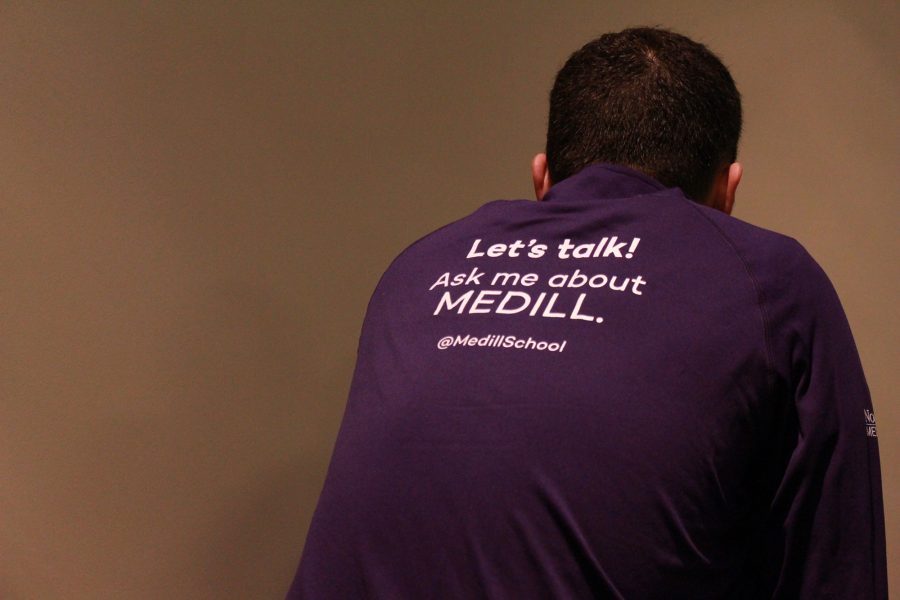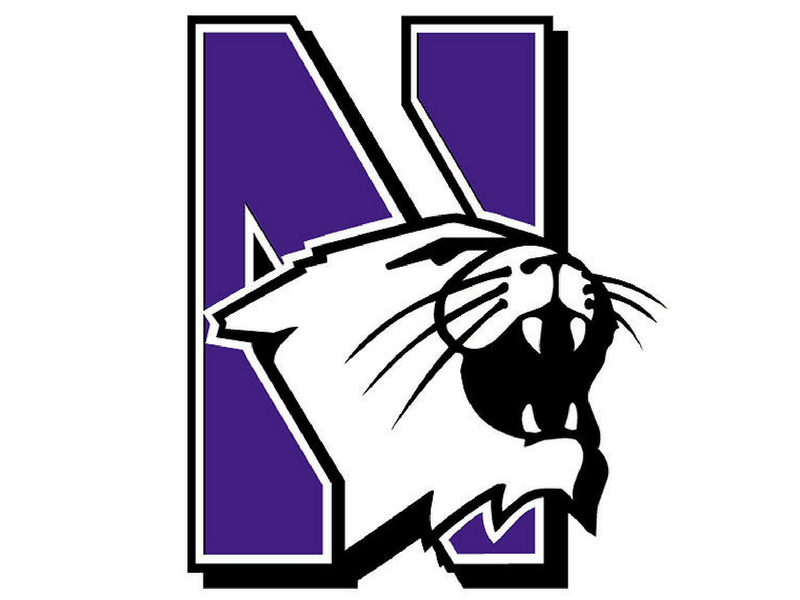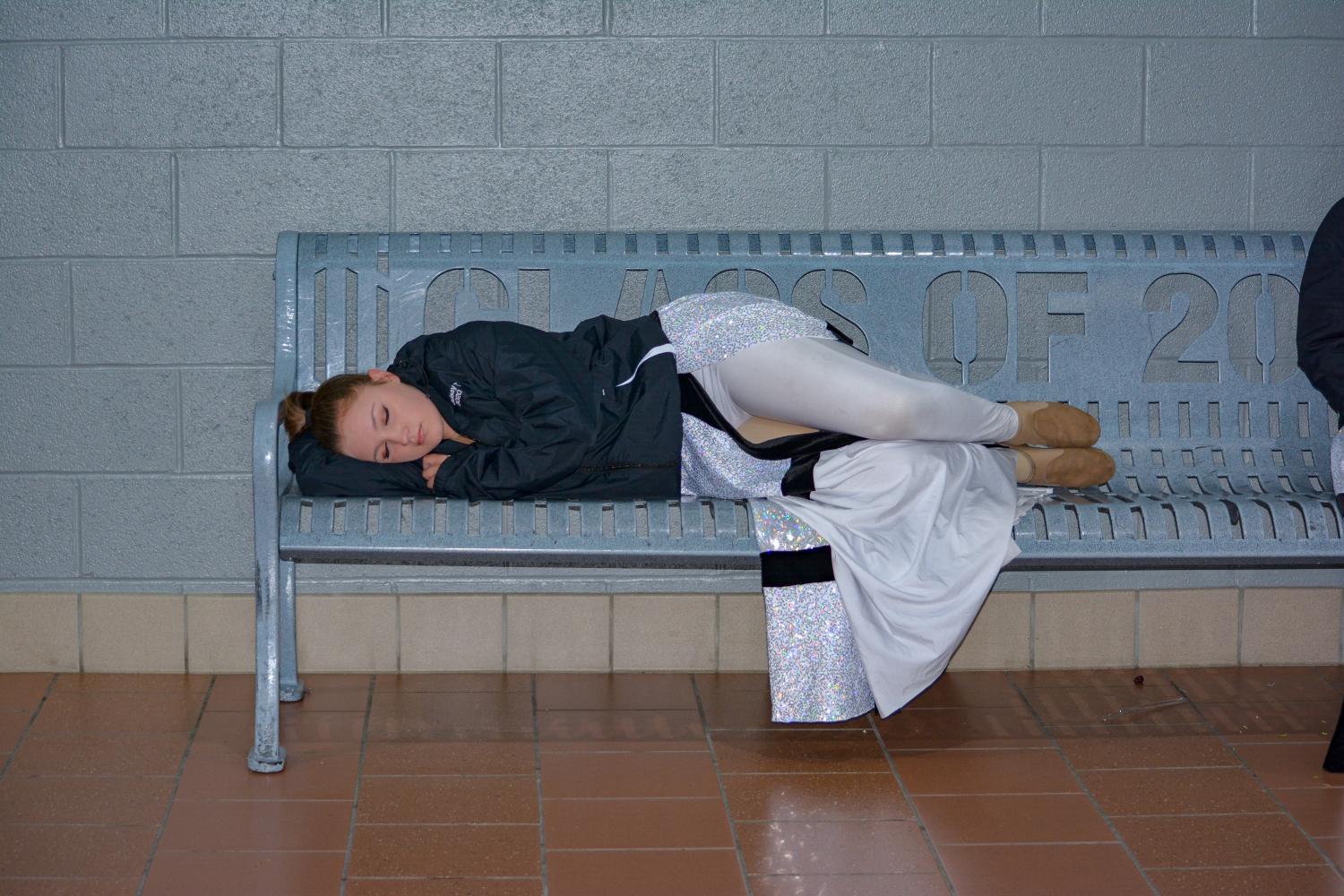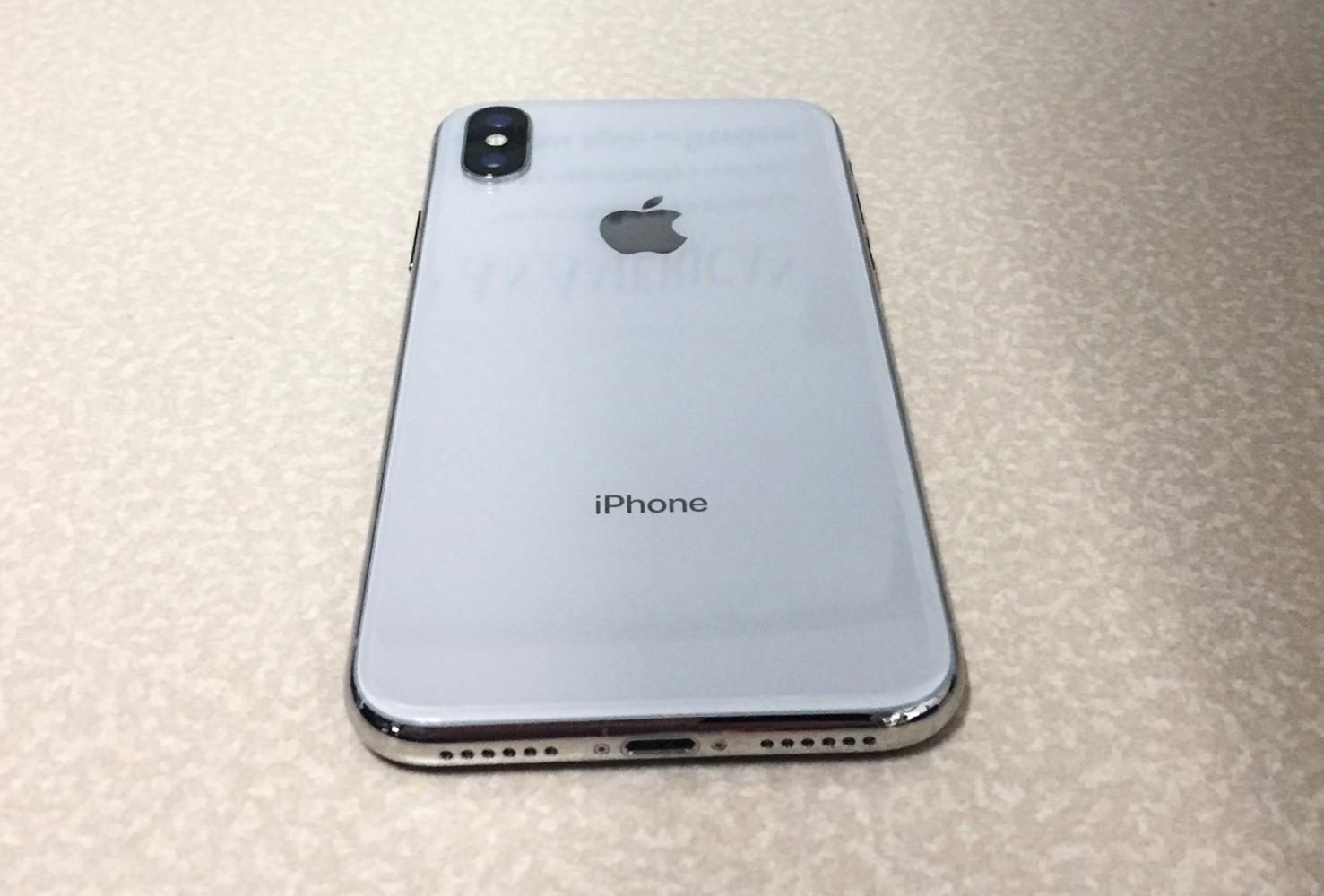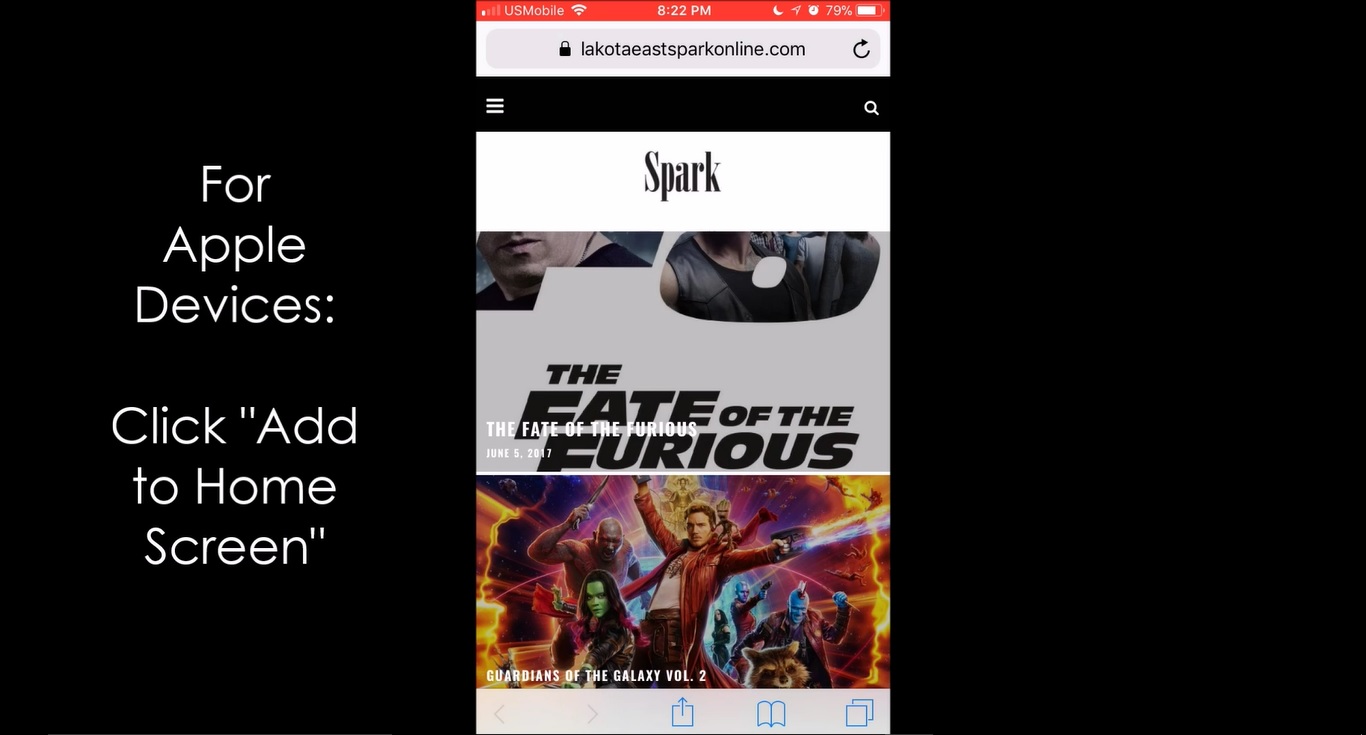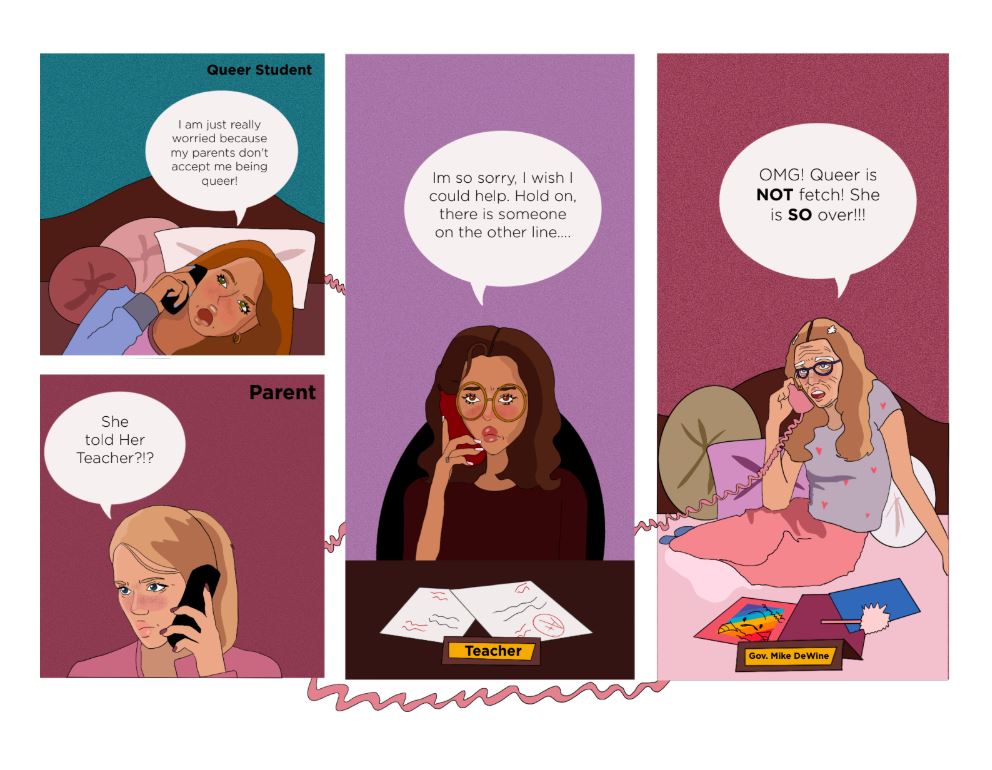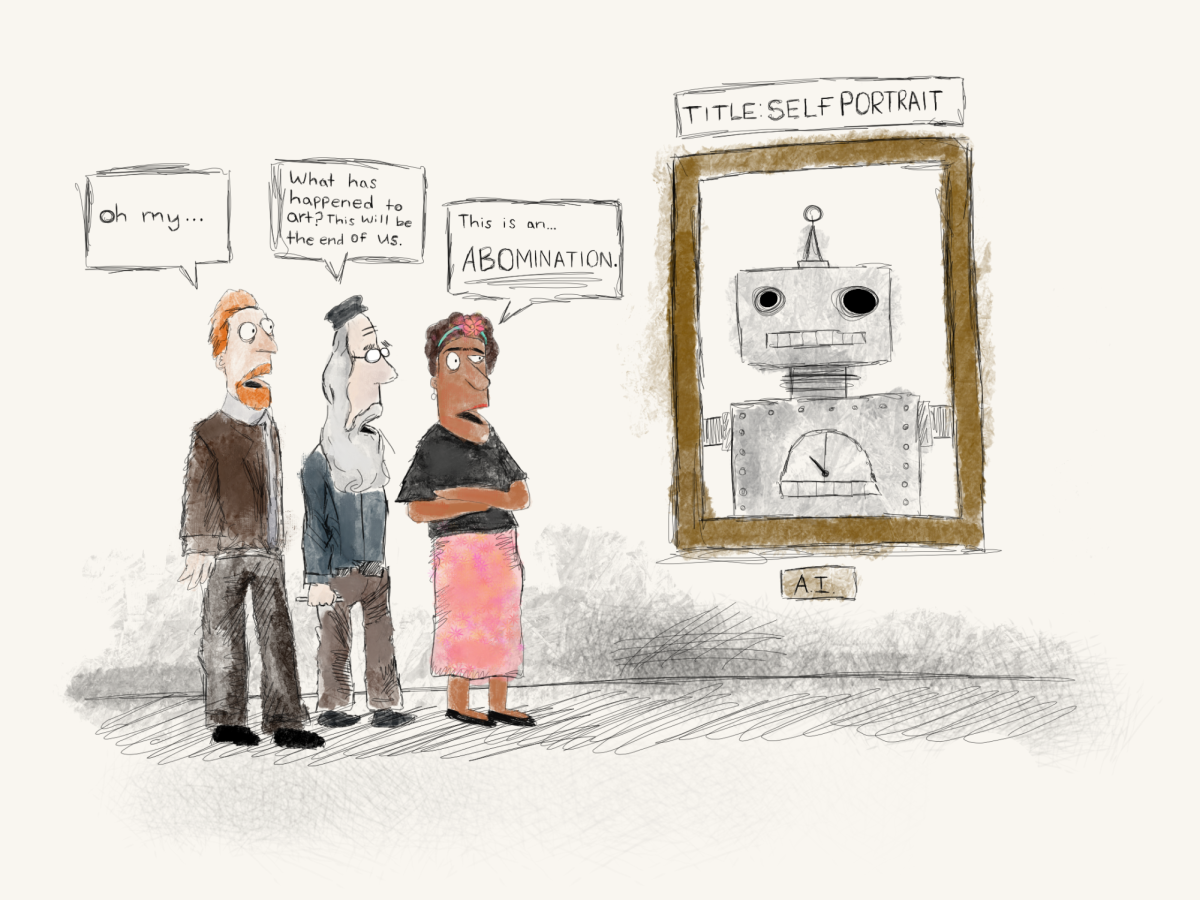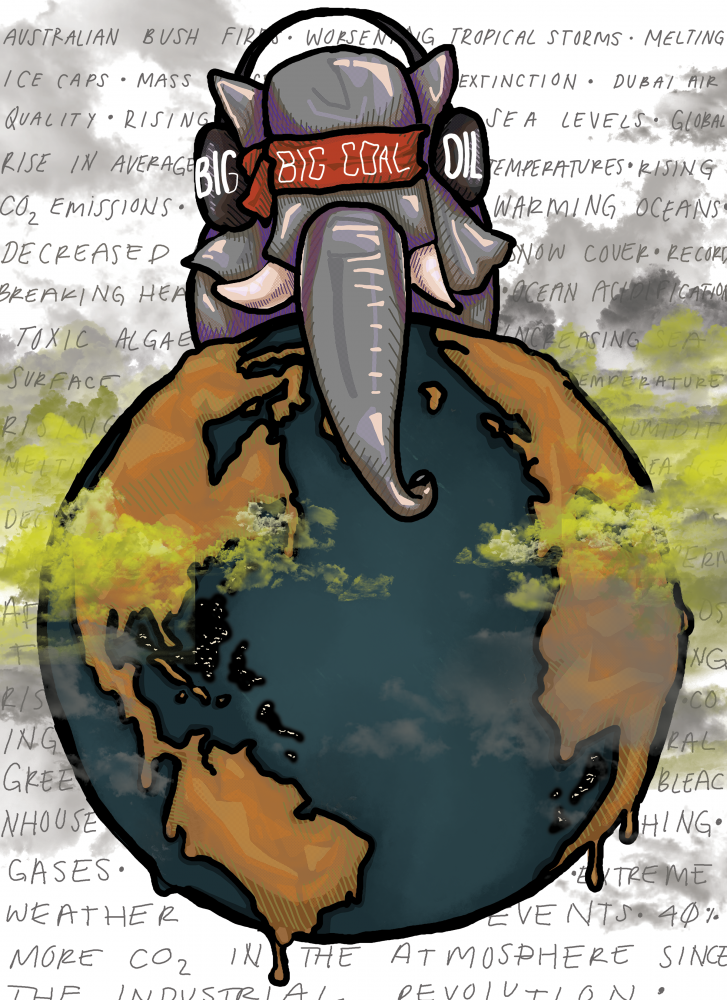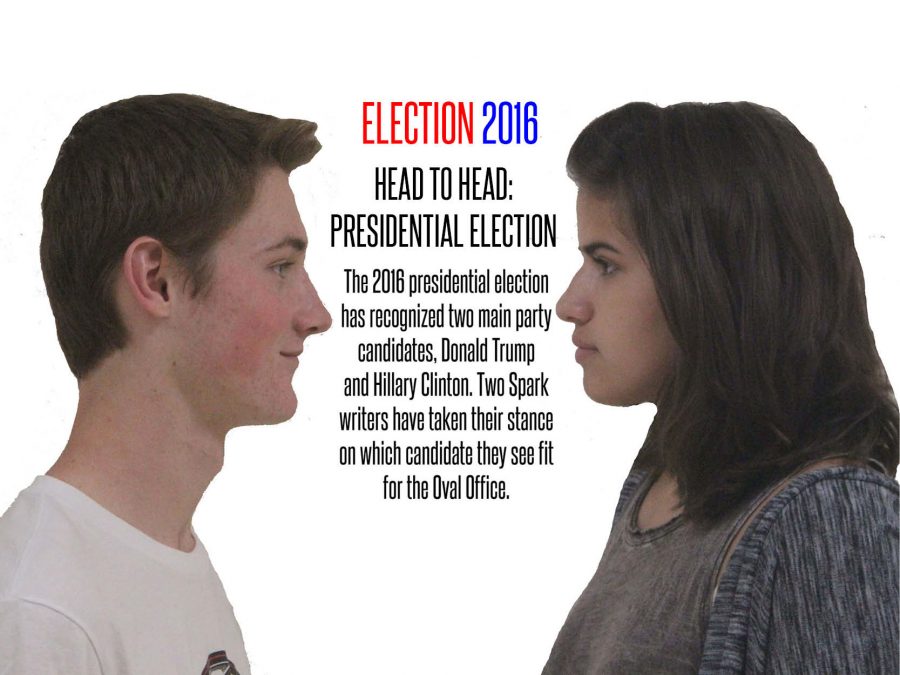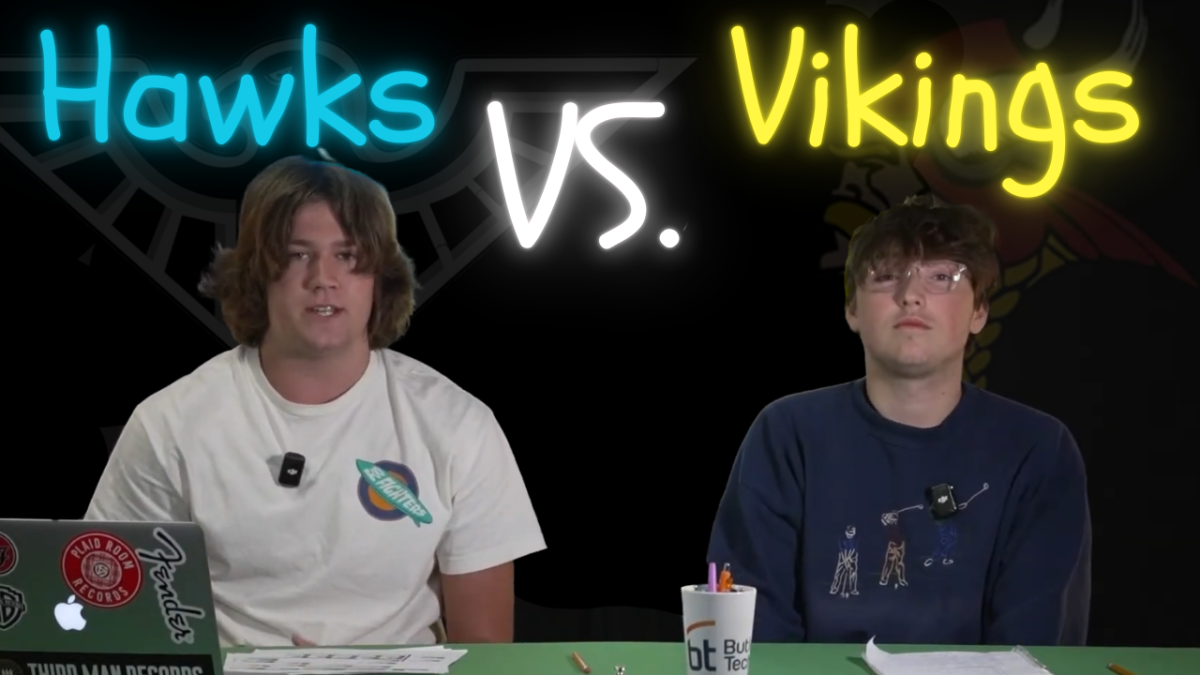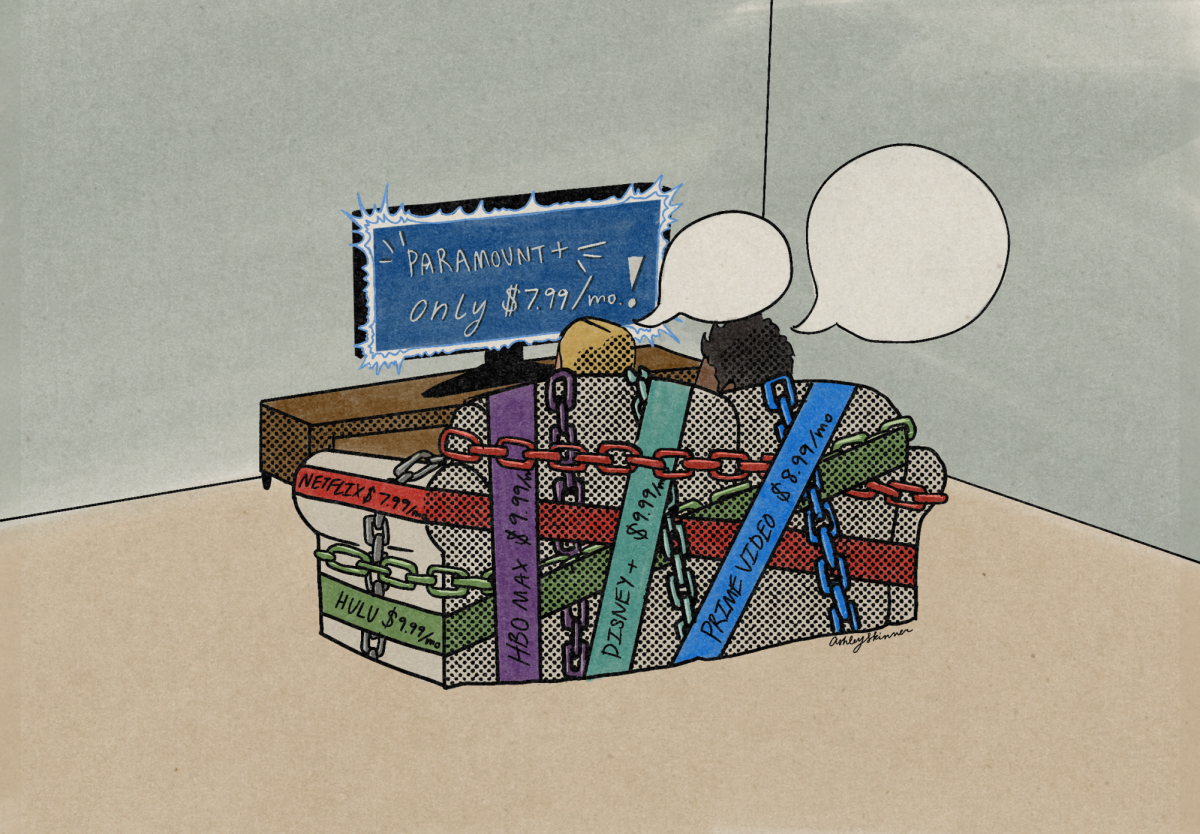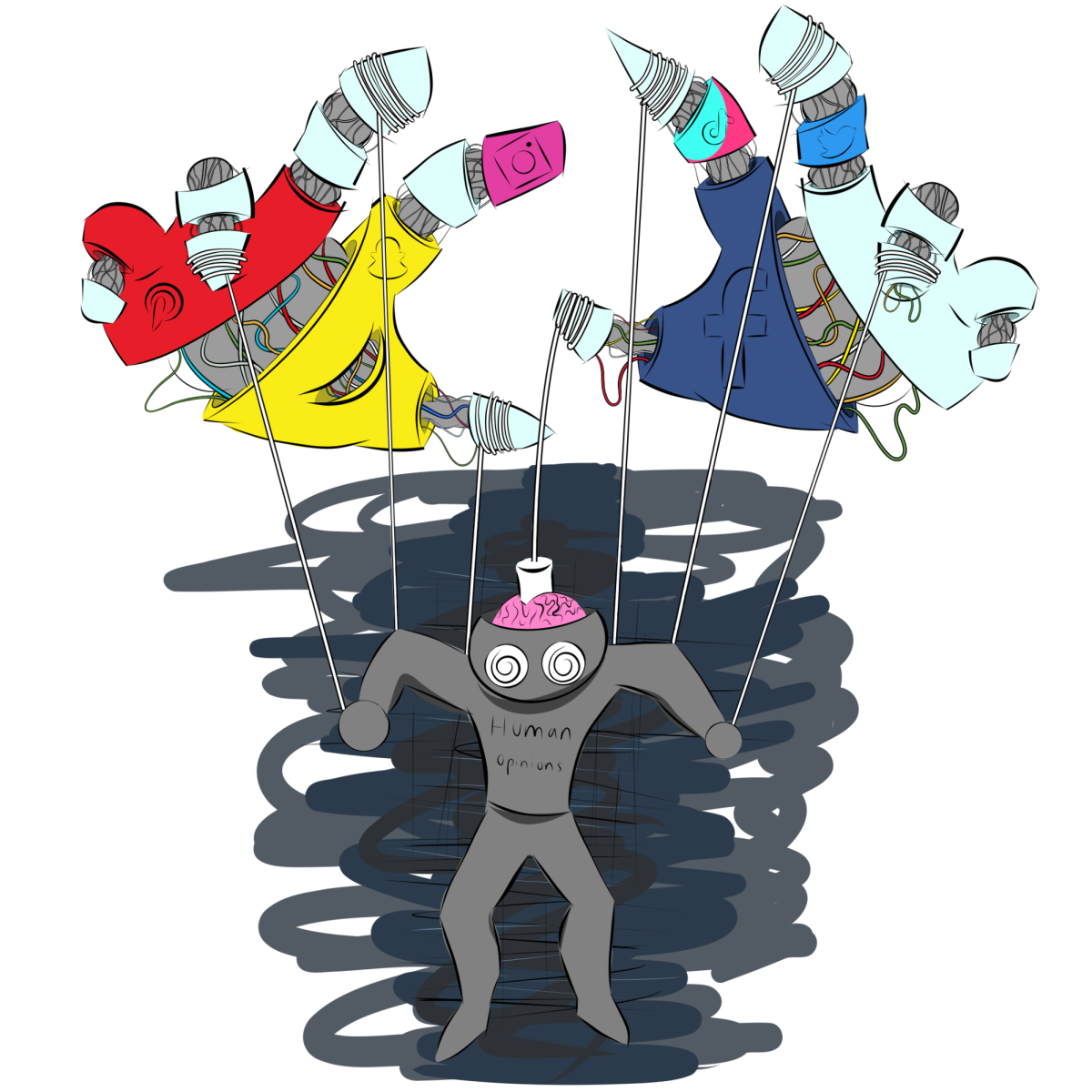The grandfather of all streaming platforms, Netflix, started as a mail- in DVD service for movies and shows.
However, the change in Netflix that altered media consumption forever was the switch from DVDs to a streaming service, which trumped cable in price and selection of media.
Fast forward to today, and Netflix is just one of the overwhelming number of streaming services such as Disney+, Peacock, Hulu, ESPN+, and Crunchyroll, just to name a few.
Over the years however, streaming services have become just as expensive, if not more expensive, than cable.
The price for cable TV according to Spectrum is $30 a month for an 85+ channel subscription.
On the other hand, a study from Cloudwards.net shows that the monthly spending on streaming for the average household is around $61 a month.
While a singular streaming service is still cheaper than cable on average, about 88% of American households that use streaming services are subscribed to at least four at a time according to Cloudwards.net
The reason for the numerous subscriptions is the fragmentation of content across multiple streaming platforms.
As a result, viewers are now forced to chase their favorite shows and movies across a plethora of platforms, which can become tiring and, more importantly, expensive over time.
This fragmentation is not just a problem for the viewers but also for the companies, where a new problem is raised: competition.
With a wide array of companies, all with a keen goal to make as much money as possible, multiple tactics are used at the expense of the viewer.
One of these tactics is ad subscriptions, which is when a streaming service creates a cheaper subscription option but forces the viewer to see ads.
This practice is often used when a streaming service wants to raise its prices but wants to keep the original price for those who cannot afford the more expensive subscription.
The last big problem with the fragmentation of media is the decline in quality of the shows.
As streaming platforms try to compete with each other, low-quality shows are constantly being produced to try and draw in as many viewers as possible.
Many of these shows, due to a lack of viewer interest, are often cancelled, such as Doctor Odyssey, On Call, The Bondsman, and Goosebumps season three.
Corporations have also created “premium” subscriptions to try and make more money. These premium subscriptions often put many shows, movies, or features behind an extra pay wall, ultimately making consuming media even more expensive.
According to Statista.com Netflix Premium is a whole $16 per month more than the basic package. This puts high-quality video and multiple broadcasts behind a pay wall.
Due to many consumers being upset with the unfair prices and poor quality of shows, a large number of people are drawn to illegal streaming.
A study by Allaboutcookies, a popular internet protection website, reveals that 51 percent of people have openly admitted to using illegal streaming for various shows, movies, and broadcasts. These websites can often be unreliable and unsafe to use on an unprotected device.
These risks are often seen as worth it to viewers due to the lack of quality and care that large streaming service companies provide for their patrons and viewers.



